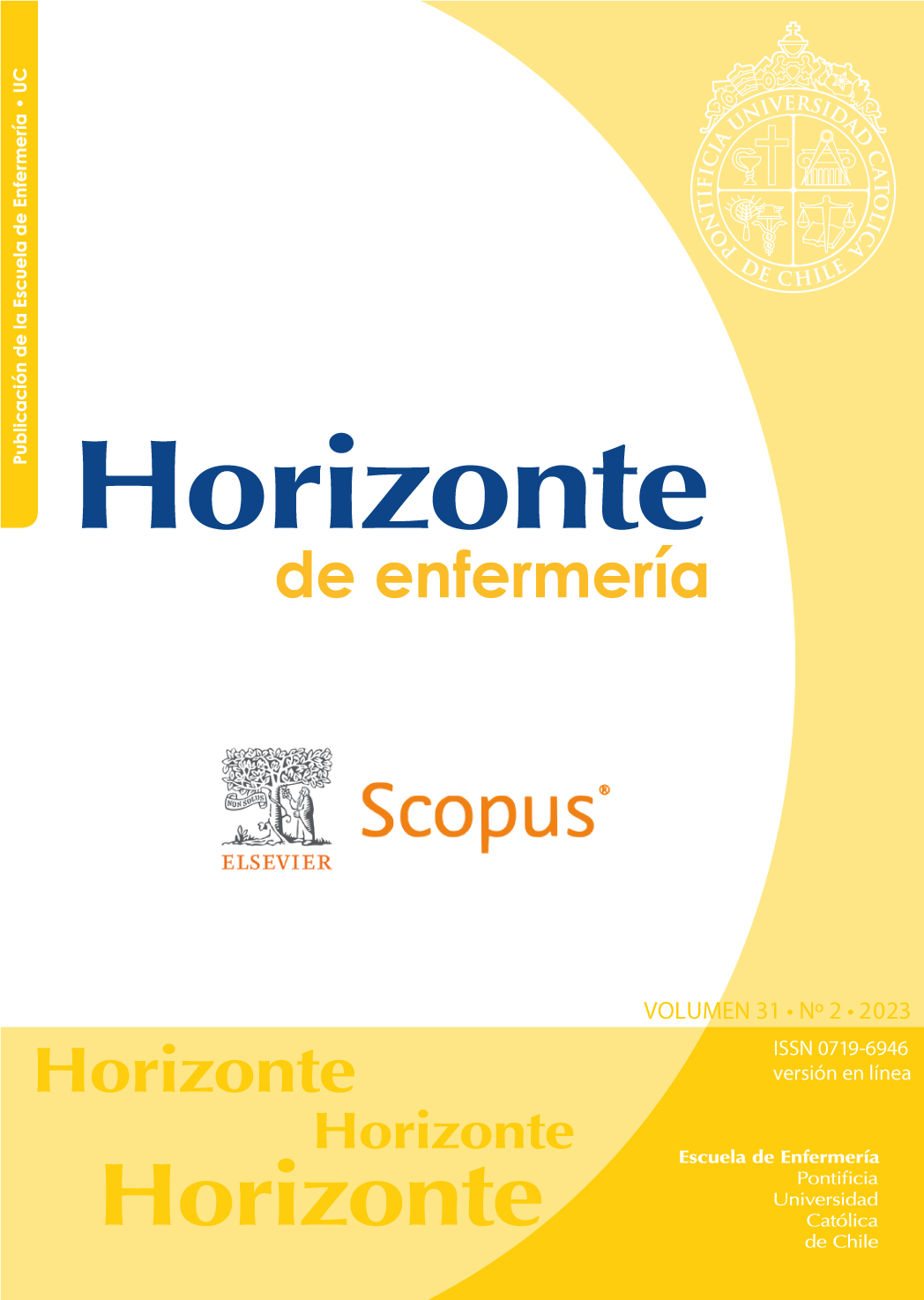FACTORS RELATED TO DEPRESSION DURING ADOLESCENCE: AN INTEGRATIVE REVIEW
Main Article Content
Abstract
INTRODUCTION: Depression is a common mental health problem in adolescence, manifested by poor mood, sadness and loss of interest in daily activities. Adolescents are especially susceptible to depression due to the great biopsychosocial changes in this stage of life. OBJECTIVE: To identify risk factors and protective factors associated with adolescent depression that are evidence-based. METHODOLOGY: a bibliographic search was carried out in the WoS, PUBMED, Scopus, and VHL databases. Standardized descriptors used to conduct the search included Adolescent AND protective factors OR risk factors AND depression. 38 articles were selected. RESULTS: 38 factors were identified, classified as risky and protective, and grouped into the following dimensions: a) biological: gender, age, BMI, health problems; b) psychological: negative or positive affection, negative thoughts, satisfaction with body image, stress, alexhythemia, quality of life, self-regulation, self-esteem; and c) social, subdivided into three groups: c.1) habits, physical activity, consumption of harmful substances, screen addiction, lifestyle that needs to be improved, sexual activity, community participation, sleep duration, academic performance; c.2) family context: experiences, parent-child relationship, composition, socioeconomic level, functionality, educational level of parents; and c.3) environmental:: social support, bullying, exposure to violence, belonging to an urban school, negative life events, school involvement, neighborhood with green areas and health literacy. CONCLUSION: Several factors that affect depression in adolescents are reported by the literature. In the biological dimension, they tend to be risk factors, and in the psychological and social dimensions, they may increase risk or be protective. Knowledge of these factors by the nurse is essential to guide interventions.
Downloads
Article Details

This work is licensed under a Creative Commons Attribution-NonCommercial-NoDerivatives 4.0 International License.
